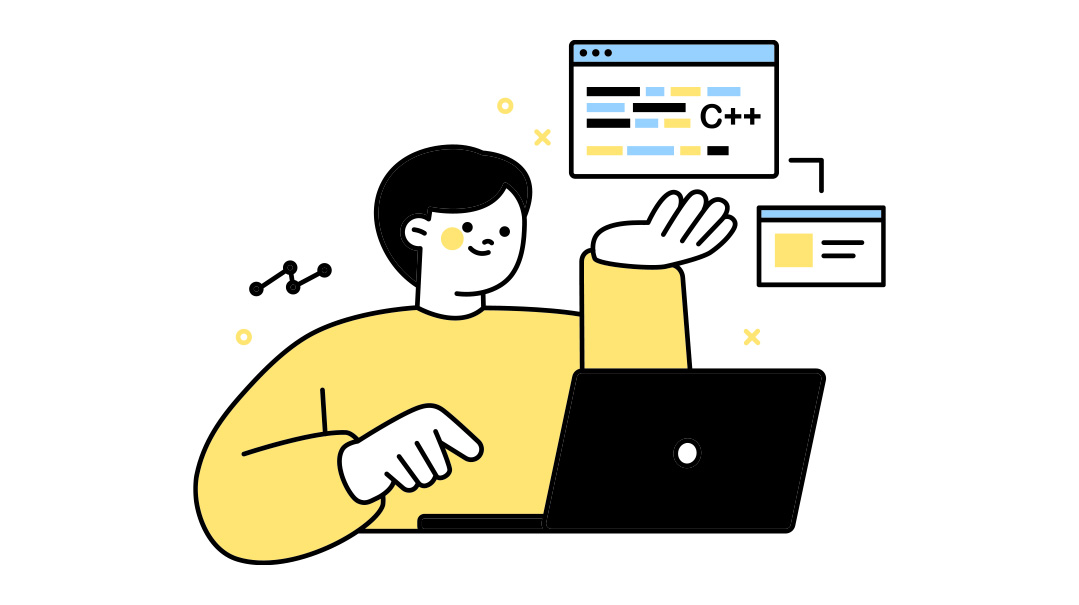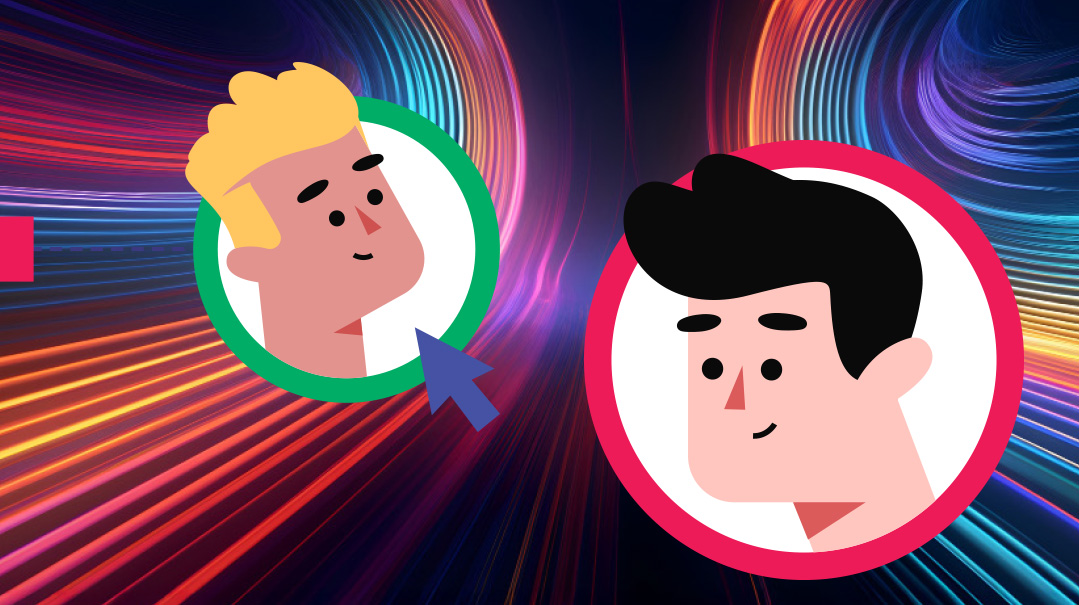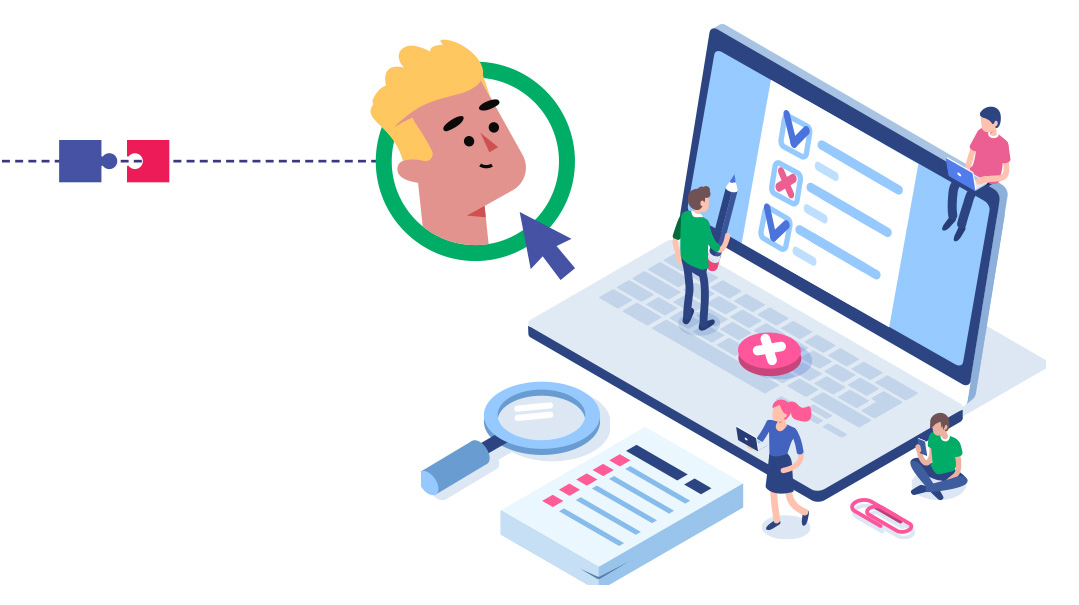Software Savvy: Part 19
| August 27, 2024Empower your business with smart software choices

“S
hifra?”
It took me a second to recognize her as my old high school classmate.
I was sitting in the lobby of the hotel my family always goes to for our yearly summer vacation, when I heard someone calling my name. I turned around to see a woman in heels and a tan blazer walking toward me. This was a family-friendly-type hotel, and most people were dressed beyond casual, so she really stood out.
Shifra gave a confident laugh. “It’s really been a while, hasn’t it?”
She sat down across from me, and we spent a few minutes catching up on each other’s lives.
“I’m actually here on business,” she shared. “I manage a chain of hotels, and we’re considering buying this hotel. I’m here to get a feel for the place and discuss some details with the owners.”
“Cool! Sounds like an interesting job,” I said.
“What about you?” she asked, and I told her about my work with software.
“You’re just the person I need!” She sat up straight on the too-soft lobby couch. “We use a system to manage many aspects of the business, but we need to make a lot of changes to our system. I’ve been trying to figure out if it’s worth keeping our current software, or if we should just find a new one.”
I nodded, laughing to myself that I was talking business while wearing a sweatshirt and slinky skirt with my kids running circles around me.
“So, it would depend on a lot of things. But generally, first we’d discuss your needs, and then see if the software meets them.”
“It can definitely fill all of our current needs. The question is if it’s a quality software system that’s worth continuing to invest money and effort in.”
Qualities to look for in software
When you’re evaluating software, obviously the first thing that you want to know is whether the software can do what you need it to do. For that, you need to look at the features.
Once you find software that meets your needs feature-wise, there are a few more things that are worth checking before deciding to use the software.
We call them, the three S’s of software: Simple, Stable, Support.
Simple
You can have software that does everything, but if your employees won’t use it because they think it’s too complicated, then it’s useless.
The thing is, if you want to use software that will fill many different needs — or a complicated need — then the software will inevitably be complex. There is a difference, however, between software with a learning curve because it has many features that you need, and software that is unnecessarily complicated.
Stable
Stability means: Does it work when you need it to work? The best way to know if software is stable is to ask people who’ve used it for a significant amount of time. If they haven’t had any issues with it, then you know that it’s stable software.
You can go about this by speaking to users or by reading reviews. The more people who haven’t had issues with it, the more likely it is a stable system you can rely on.
Using a new software system that hasn’t been around for a long time is not recommended. There are many new software companies out there that are trying to promote their products, but you don’t want to be the guinea pig for a new system. Your business’s stability is worth more than a cheap deal.
Support
As much as you hope that your software will always work exactly the way you want it to, and that you’ll always be able to figure out how to use it, you cannot expect your software to always be perfect. And if you use software that doesn’t have good support, you may find yourself stuck.
Software doesn’t ask you if it’s a convenient time before glitching, and you want to make sure that you’ll be covered in case of emergency. Software companies offering support provide a service that’s well worth it.
So how do you know if the software that you’re using has a steep learning curve because of the many features that you need, or if it’s hard to use because it was not made with UX in mind?
You test it!
Yes, it can be time-consuming to learn a new system only on a trial basis. The quickest way to solve that is to figure out what would be the most complex thing you’d ask the software to do, and then learn how to do that one process. It may take time to learn that one thing, but once you know how to do it, it should be easy and straightforward to replicate. The thing you’re looking for is: Once you’ve learned how to do that one process, and even after learning it, do you still find it hard to do? If the answer to that is yes, then the software is not simple.
Learning curves are okay; any new system that you implement will take time to learn. But for your team to be willing to use the software on a day-to-day basis, it needs to be something that they can learn, and then find easy once they are familiar with the system.
Before choosing software, it is important to find out what kind of support the company offers.
Do they have a live 24/7 chatbox?
Do they offer to speak on Zoom with a support person, if needed?
If they don’t offer live support, how long does it take them to respond to support requests?
Does support come with the software, or do you need to pay extra for support?
A good support team will go a long way when you most need it.
“These are all important things to find out before choosing software, and good rules of thumb to decide if a software is worth keeping,” I finished telling Shifra.
“Super helpful! I gotta run, but let’s talk more,” Shifra said, jumping up.
I looked around and saw the owner of the hotel in the distance. That worked for me; my kids were climbing all over me and clamoring for a snack. All in day’s work — or vacation.
Next Article — Client Portals
Liora Waxman is a Software Implementation Specialist at TidyStack, a company that helps businesses set up software/automations that will perfectly fit their needs.
(Originally featured in Mishpacha, Issue 1026)
Oops! We could not locate your form.







